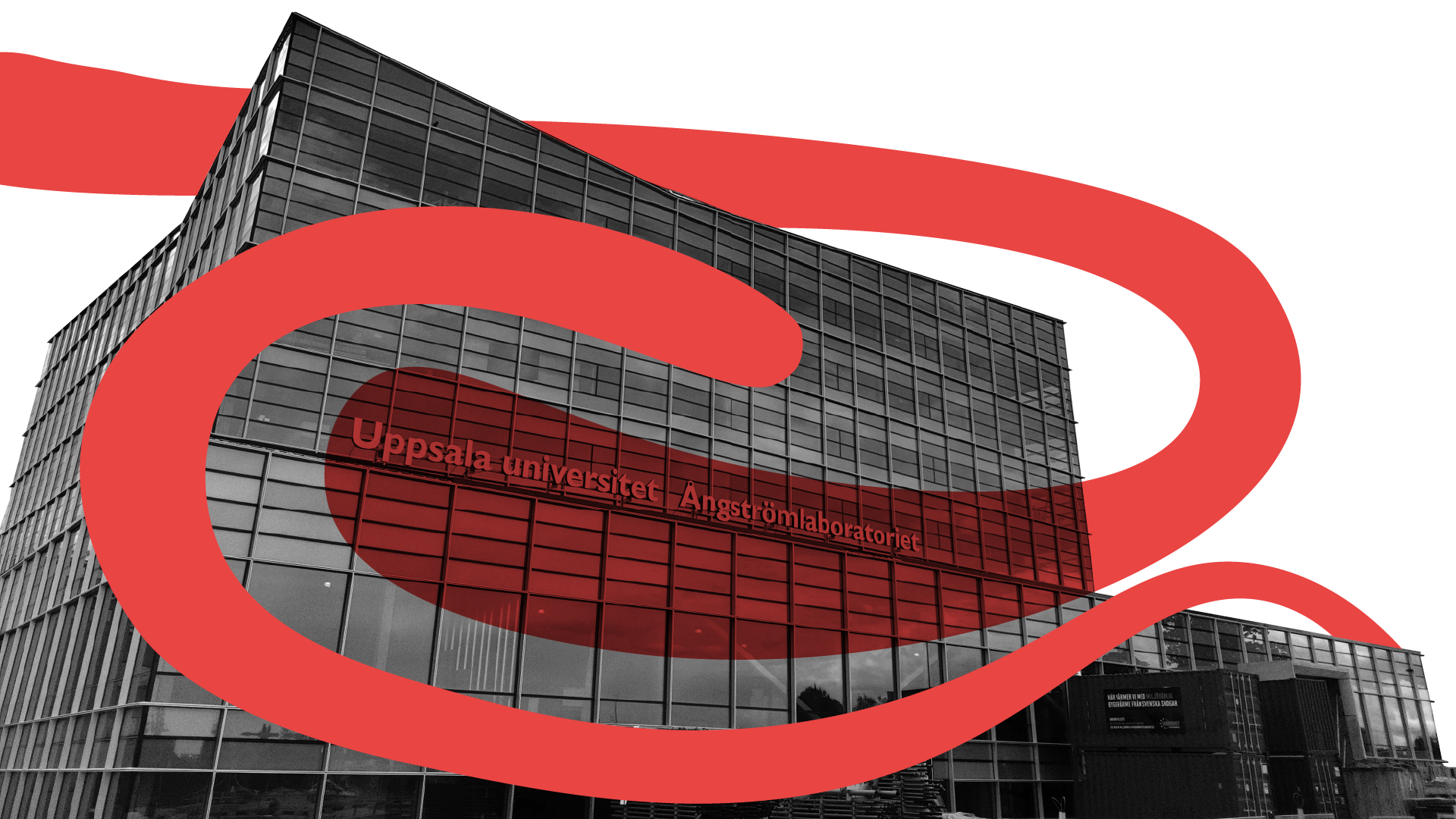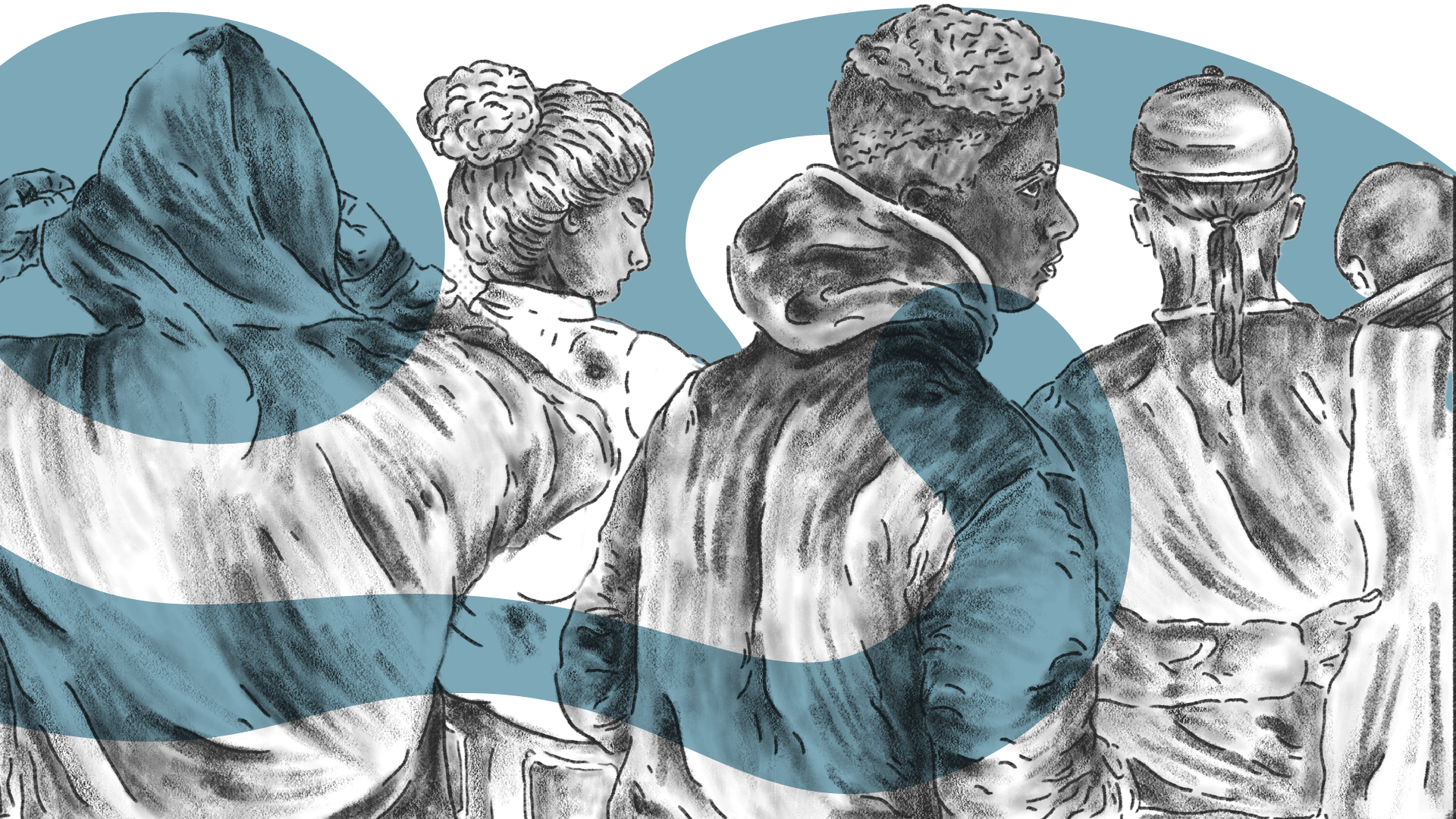
The construction of the newest university building in Uppsala was finished in 2022, House 10 of the Ångström laboratory. There are many things to say about this new building, but I think it’s best summarised as “wanting to be perceived as being very modern”. This can be seen in the architecture — with the all-glass exterior, the openness of the student areas, and in the design of the aesthetically futuristic but not-always functional furniture. It can also be seen in the technology installed. The projectors have been modernised, and my trusty old Thinkpad laptop — with its reliable VGA port, has taken a step further towards obsolescence. In that same process both the projector and the whiteboard took a step further in the inevitable march of progress, towards a convergence in our new very big touchscreen monitors (is there anything more modern than touchscreens!). They speak the language of modern interface design fluently, boasting a vast array of advanced features, none of which are ever explained or even shown to exist. Explaining is for the last century, today you should already know that there is a Zoom-client built into your touch screen monitor and know exactly how to use buttons labeled with abstract images and single words. But enough about the smaller details.
Many of us older students still remember the time before house 10 was built, when we were housed in the buildings which used to be ITC. Back then there were lots of discussions about the University’s measures to hinder the students’ social activities, for example the guard dogs patrolling campus and the ordinance forbidding students from being at campus after midnight. There was of course also talk about the new building at Ångström, and what would happen when we would finally be able to move in. The various student associations were asked about their preferences for the new association rooms, specifically where in the new building we would prefer to be. For those who don’t know, the computer science students’ room used to be Foobar, a kiosk of sorts located in ITC where we were able to sell snacks and frozen food for dirt cheap since it was run entirely by volunteers. More importantly, Foobar was the heart of the computer science student community. It was located in a lunchroom that was decorated by us, and it was where we hung out between classes and during lunch breaks, and where we had our parties. We used to have strong intra-generational bonds in the computer science-programme, and I largely attribute that to Foobar. Since we shared this communal space we had lots of opportunities to get to know each other outside the context of class. There it didn’t matter what year you were or if you were still studying, we would still get to know each other. This led to a lot of knowledge sharing. Talking to seniors about courses, and general knowledge about the university and computer science was very helpful to me. We wanted to keep this community so we asked for a location for our new student association room based on that, close to the lunch rooms so we could recreate our dear Foobar. I’m sure there was a similar story for other associations like Möbius or IT-sektionen who had similar rooms at ITC.
But, alas, that must not have been modern enough for the university. The new building was very cleanly separated into sections, the top floors for the staff, the lower floors for teaching and student cantines, and a big portion reserved for the guests of the new restaurant. The restaurant has an exclusive license to sell food at the campus, and is a big reason why Foobar and similar activities couldn’t continue their operations after the move. The pesky student associations were shooed away to some buildings separated from the main building, creating distance between the activities of the university and social activities. How very scientific to do such nice categorizations. The minister for education summarised this attitude well when he stated his opinions on Chalmers’ ban on political manifestations: “a university should before all be a university. That is, it should focus on education and research”.1 The result is, as far as I’m concerned, that Foobar is dead, both in spirit and in function. We can’t sell any cheap food, but more importantly, we don’t have a place to build a community anymore.
Of course, we tried to preserve it anyway by gathering at the same lunchroom every day. However, without any control of the furnishing, this effort died after just a few months; we were unable to put in decorations to mark it as our own — an anchor to gather around — and so we began to drift apart. Tables became occupied too quickly by strangers, the result being that one sits at a different place each day surrounded by new faces each time, without enough time to have a chance to grow closer. Despite the number of people surrounding me, I have never been more lonely at the university. In Foobar one grew to recognise the regulars, and became comfortable around them. If your friends weren’t there you could sit down at a table with people you recognized, even if you weren’t classmates. At Ångström there are mostly strangers, which paradoxically enough means that despite the number of places to sit, it is quite hard to find somewhere unoccupied.
Sociologists call places like Foobar “the third place”, a place that is neither home nor work, just a place you go to hang out with the other regulars, people you grow sufficiently familiar with to have a chat. Ångström has been purged of such places, its sole purpose now is work or study. I knew that continuing on to a masters would be a lonelier experience since many of my classmates would start working instead of continuing with me, but without my third place I’ve become isolated among the masses of strangers. Welcome to house 10, where technology is modern and cool, but community is not.
2024-01-15
⸻
1. Quoted and translated from: GP, ”Får man fira Pride på Chalmers i fortsättningen?”
